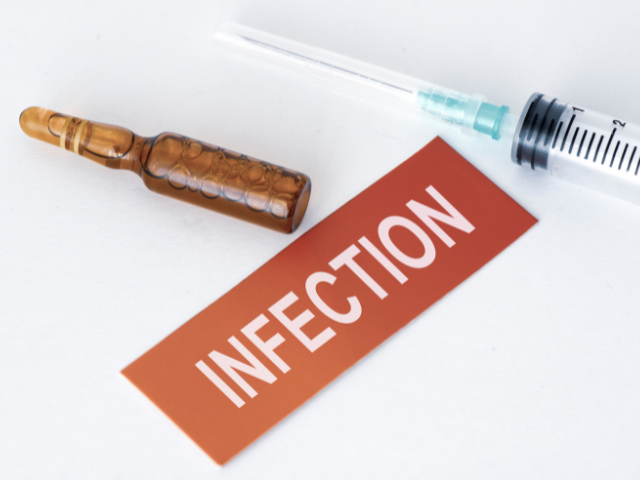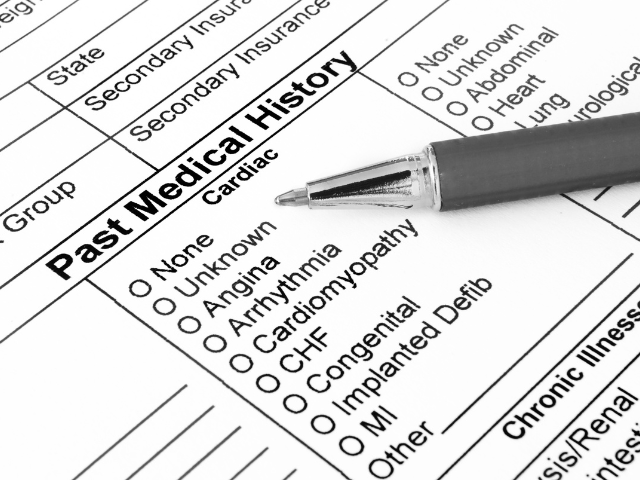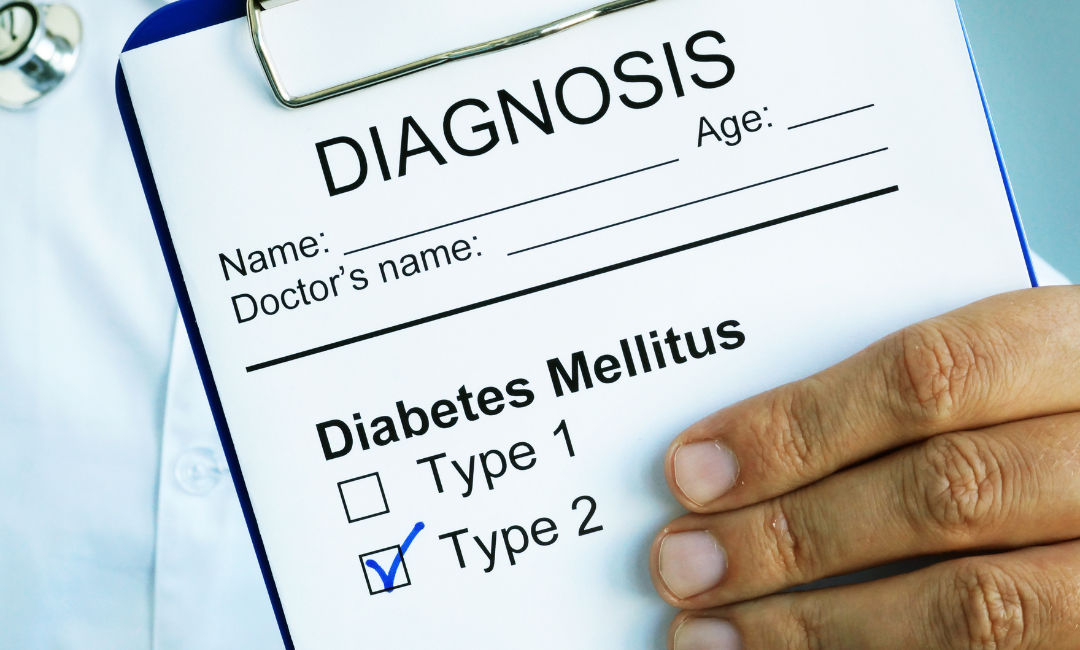Nursing Considerations
Before starting cephalosporin therapy, take a detailed medical and drug history of the patient to rule out if they are allergic to penicillin or cephalosporins. Often, patients mix gastrointestinal upset with allergy. Therefore, it is essential to rule out if it was a GI disturbance previously or an anaphylaxis reaction.
Before administering the first dose, obtain a culture and sensitivity specimen; therapy may begin once the pending test results arrive. Periodically check test results to assess the drug’s effectiveness. Continuously evaluate the patient for possible hypersensitivity reactions or other adverse effects.
Administer cephalosporins at least one hour before bacteriostatic antibacterial drugs, such as tetracyclines, erythromycins, and chloramphenicol, which can decrease the cephalosporin uptake by bacterial cell walls; the antibacterial drugs inhibit bacterial cell growth.
Refrigerate oral suspensions. They are stable for 14 days and should not be consumed after that. Shake well before administering and ensure the dose is correct. For reconstitution, dilution, and storage of drugs, follow the manufacturer’s guidelines and check expiration dates.
To administer an IM dose, use the gluteal or mid-lateral muscle, which can be given into the large muscle; rotate sites to minimize tissue injury, pain, and inflammation. Do not mix cephalosporin IV infusion with other drugs, especially with aminoglycosides, as they can inactivate cephalosporins. If another drug has to be given intravenously, temporarily stop the injection of the primary drug.
Ensure the IV dilution is adequate and rotate injection sites for intravenous administration every 48 hours to minimize local vein irritation or thrombophlebitis. Using a small-gauge needle in a more prominent available vein may be helpful.
Cephalosporin drug therapy monitors renal functions, and the dose is adjusted in severe renal impairment patients. In patients with decreased renal function, monitor renal function, blood urea nitrogen, serum creatinine, and urine output for significant changes. Also, monitor prothrombin time and platelet counts. Assess the patient for signs of hypoprothrombinemia, which may occur with or without bleeding, especially during therapy with cefoperazone, cefotetan, or ceftriaxone.
Patients with long-term cephalosporin therapy are at risk of developing possible fungal and bacterial superinfection, especially elderly and debilitated patients and those receiving immunosuppressants or radiation therapy. Therefore, monitor them for any signs and symptoms of superinfection, such as fever, malaise, muscle aches and pains, and oral ulcerations, and treat them appropriately.
Sodium salts of cephalosporins can retain water and cause swelling and high blood pressure. Therefore, monitor the patient’s blood pressure and watch for possible fluid retention, especially in hypertensive patients.
Patient Teaching with Cephalosporins
When cephalosporins are prescribed, it is essential to educate patients and their caregivers. The following points should be noted for patient teaching, and the patient should be asked to follow the guidelines.
- Take the drug in the same route, dose, and duration as prescribed. Do not stop taking it alone, even if you feel well, as it can lead to antibiotic-resistant infection. Only stop the drug when your prescriber has allowed it. If you have any adverse drug reactions, contact your physician.
- If you have diarrhea or nausea with cephalosporin therapy, take it with food.
- Store the drug correctly, especially reconstituted suspensions. Keep the reconstituted suspensions in the refrigerator, and do not use them for more than 14 days. To reconstitute, dilute appropriately as written in the manufacturer guidelines. Please dispose of the drug properly and check the expiration date before consuming it.
- Watch for any signs and symptoms of an anaphylaxis reaction, such as hives, itching, rashes, breathing difficulty, cough, and hypotension. Report to the emergency room if you observe any of these signs and symptoms, as anaphylaxis is a life-threatening condition. Also, other adverse effects, such as gastrointestinal disturbance, should be monitored and reported to the physician soon.
- Keep an eye out for bacterial or fungal superinfection. Promptly report to the healthcare provider if the patient has symptoms such as fever, malaise, muscle aches and pains, and oral ulcerations.
- Cephalosporins and alcohol interact with each other. Therefore, alcohol, in any form, should not be consumed within 72 hours of cephalosporin therapy.
- To prevent intestinal superinfection with cephalosporin therapy, consume yogurt or buttermilk, which can help restore the normal gastrointestinal tract flora. Cephalosporins can damage the normal intestinal flora by killing the bacteria, even those applicable to gut health.
- If diabetic, patients have to monitor urine glucose, use Diastix. Avoid using Clinitest, as results may be incorrect.
- Attend follow-up appointments with the healthcare provider and do not take over-the-counter preparations or herbal remedies without consulting the prescriber.









